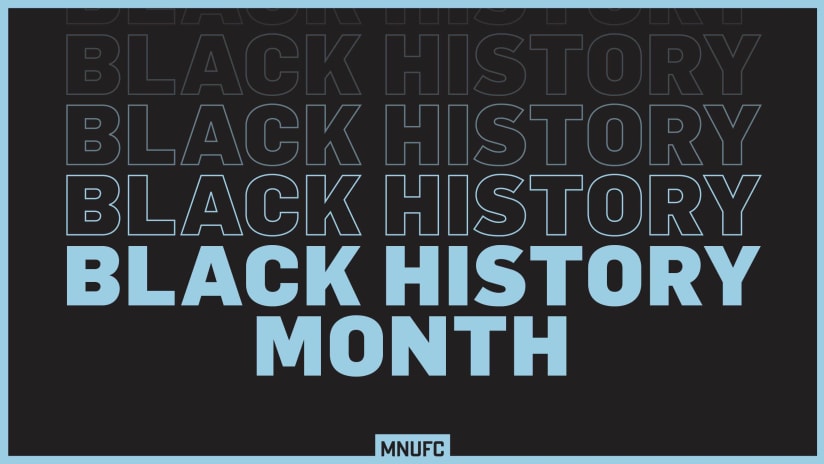February is a month to celebrate, learn and recognize African Americans and Black history. In honor of Black History Month, we’re taking a look back at the history of Black Americans in Minnesota.
Since the 1800s, African Americans have been a part of Minnesota. With slavery illegal in Minnesota from its founding, it was one of the states African Americans came to in search of a better life. One of the first known African Americans to be born in Minnesota was George Bonga, a fur trader and translator speaking fluent English, French and Ojibwe.
During the Civil War, more African Americans arrived in Minnesota as the state suffered through a labor shortage. While slavery might have been illegal, African Americans still encountered inequality and discrimination, but nevertheless made a huge contribution to the state as they paid taxes, fought in wars and built communities.
Until 1868 and the passage of the Equal Suffrage Amendment, Black Americans in Minnesota could not vote, hold political office or serve on juries. While the amendment only opened the door for non-white men and not women, it was a step in the right direction and 30 years later, a man by the name of John Wheaton became the first African American elected to serve in the Minnesota legislature.
Following the Equal Suffrage Amendment, Minnesota passed the Equal Accommodations Act in 1885. This act allowed African Americans equal access to all public places and hotels. Nonetheless, in 1897, an architect by the name of William Hazel was refused a hotel room at the Astoria and Clarendon hotels in Saint Paul because of his race. Mr. Hazel complained and was quickly arrested after the incident. Mr. Hazel wouldn’t stand for the incident and quickly filed a lawsuit and won.
The African American population began to grow once more between 1950 and 1970 during the “Great Migration” of African Americans. Individuals came from southern states to those in the North, West and Midwest. Although the population was growing in Minnesota, it wasn’t as vast as surrounding states, such as Wisconsin. In 1980, the African American population was recorded at 53,344 people, a total of 1.3% of Minnesota’s population at the time. Today, that percentage has grown to 7% of the population.
Community centers throughout the Twin Cities began because of African Americans. The centers provided housing, employment information and recreational activities. In Minneapolis, The Phyllis Wheatley House was founded in 1924, along with The Sabathani Community Center in 1966. In Saint Paul, the Neighborhood House was founded in 1897. Nineteen years later, the Welcome Hall Community Center would open in St. Paul. In 1926, the Christian Center would open and finally in 1929, the Hallie Q. Brown Community Center was also founded. All of these community centers are still operative today.
February is not the only month to celebrate Black History and the African Americans that have made a difference, but every day. It’s an important part of history that made Minnesota the state it is today.
For more information on the history of Black Americans in Minnesota, click here.




